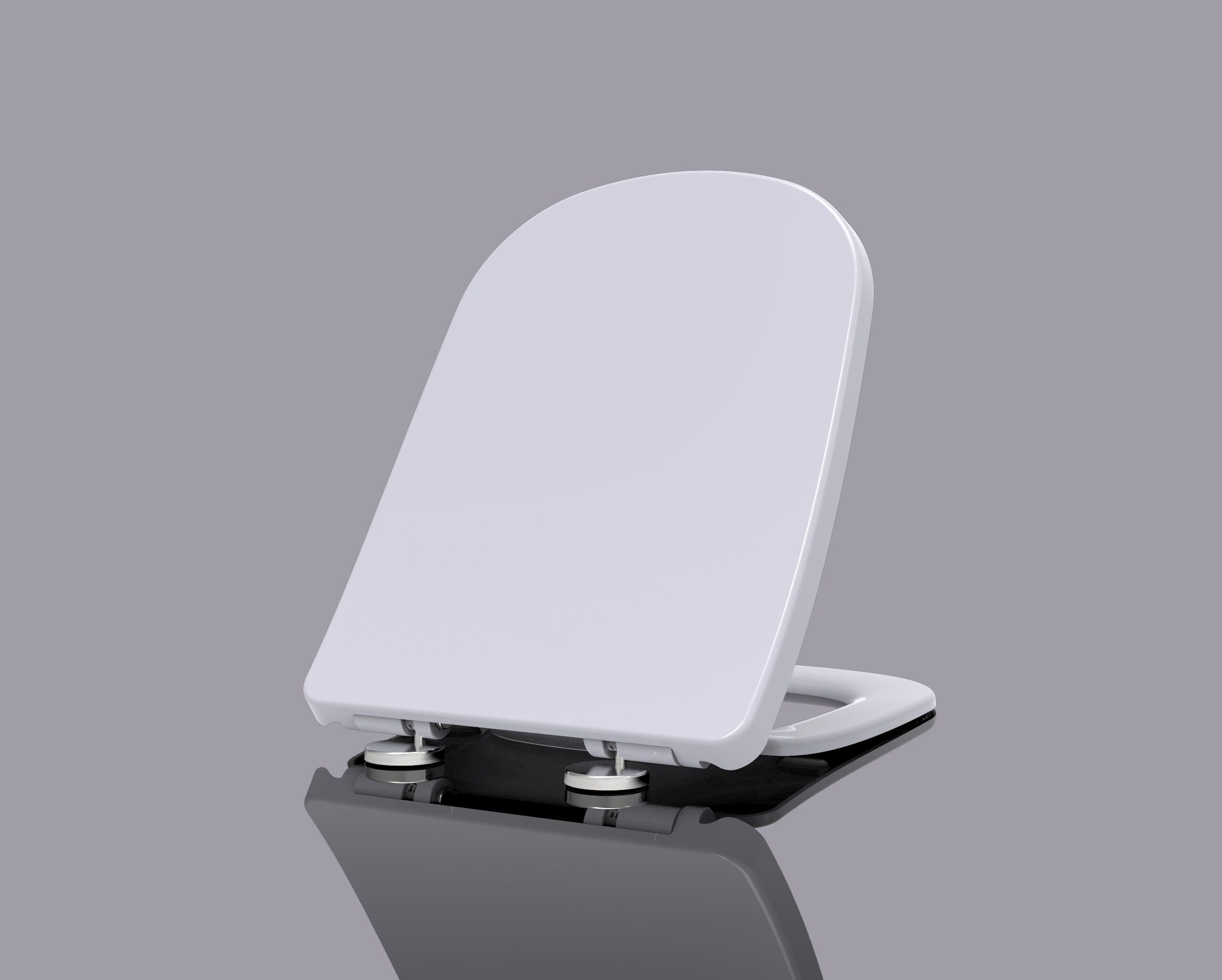
It's funny to think that a toilet seat is such a common everyday thing but still reveals major changes in human cleanliness, comfort standards, and household aesthetics. The first toilet seats were quite simple as they were just flat wooden boards placed over pits or primitive drainage facilities. The European Middle Ages were the time of the first toilet seats that were often made of stone with holes leading down into the cesspits in castles. Yet, although functional, these artifacts were cold, uncomfortable, and infected with bacteria on account of their porous texture.
The invention of the modern flush toilet in the late 16th century pushed the transforming changes in the evolution of the toilet seat. With the invention of indoor plumbing, people could have wooden toilet seats on hinges in the 19th century. These seats were varnished to resist moisture, but they still had the tendency to manifest bacterial growth.
In the 20th century, the advent of plastic and thermoset materials made a revolution in toilet seat manufacture by offering easy cleaning, product longevity, and the absence of cracking. The present-day toilet seats are usually made of either polypropylene or duroplast. Polypropylene is the material of choice for toilet seats that are light, cost-effective, and can withstand chemical cleaning agents. Duroplast definitely encompasses trade-offs in that it can be a bit heavy and hard like ceramics when warm and without scratches for a long time if it had been cooled off with water.
Another essential phase of toilet seat history is the invention of the soft-close feature that is now a standard feature in the modern-day bathroom. The soft close toilet seat reduces the slamming noise which leads to less wear and ensures a silent, noiseless operation, which is great for families with children and for houses with light sleepers.
Toilet seat evolution has been made possible largely by ergonomic design in the recent past. Indents in the seats, just at the right spot, offer better support for the thighs. Conversely, open-front toilet seats, often used in public WCs, not only reduce contact areas and thereby increase hygiene, but they also their use is a contributing factor to the prevention of crime. Meanwhile, if we talk about the developments in the toilet seat market, the use of elongated toilet seats is a big innovation that goes beyond just being a fad and provides users with unmatched comfort in comparison to round models, especially people of plus size, who get the advantage of benefiting from a bigger area.
With the improvement of the appearance, color and material now also play a role in the selection of toilet seats. Dark-colored toilet seats, those with a wooden structure or stone finish, enable homeowners to make their toilet facilities not only a part but also a vital part of a holistic atmosphere in the bathroom, which will convey a high-end look.
One of the major breakthroughs in the odor chair manufacturing industry is without a doubt the advent of the intelligent toilet seat. These toilet seats with smart functions (like from Japan) have bidet washing, warm air drying, seating with heat, night light, and in some luxury items, the technology supports the sensors that automatically adjust the temperature and the strength of washing to the user's preference. These final seats are a true fusion of health and comfort, therefore, in a more eco-friendly way, they conserve space in addition to outperforming traditional toilet paper in cleansing.
Furthermore, developments in the area of antimicrobial coatings can be referred to as those who think, bacteria, for example, has always been a big problem, continue to pay attention to, and after the recent pandemic which significantly heightened awareness of bathroom hygiene, this even becomes more essential. The reported antibacterial coated toilet seats are said to be able to decrease the content of bacteria even by 99%, thereby the users are equipped to face the new normal or any future critical situation in a safer manner.
The production of toilet seats today is no different as sustainability has made its way to it. Here companies do not only provide seats made from recyclable plastics or wood from a sustainable source to lower environmental pollution. They have also started to design recyclable packages and carried out the manufacturing process in a manner of zero carbon emission, in line with global environmental, social, governance (ESG) goals.
Factors to be kept in mind when purchasing a toilet seat today are:
Further down the line, the toilet seat market will see AI and IoT technologies being embedded even more into their products. Many go round healthcare metrics through sensors with the idea of stats collection about hydration levels. Meanwhile, some developers equally work on the innovation of health and fitness apps for syncing and sharing these data points. Until such products see the light of day, the world of smart toilet seat swiftly expands in Asia, Europe, and America, covering many noteworthy trends like personal health monitoring and tech-driven life that sway most of the trends.
To sum up, the toilet seat that used to be crude is now transformed into not only a smart bathroom fitment that keeps hygiene, safety, and user experience in mind but also a representative of the society's higher emphasis on health, technology, and green living. So, the next time you sit on your toilet seat, think about the incredible centuries that product has gone through to become the most essential element of your living place.

Copyright © GUANGDONG HUIYUAN TECHNOLOGY CO.,LTD - Privacy policy